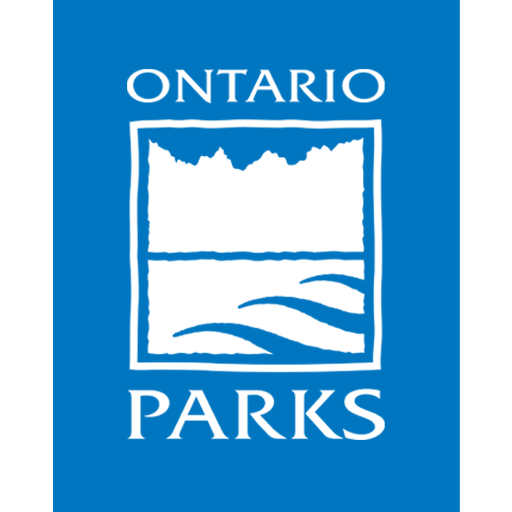Welcome to the July installment of “IBAs in provincial parks,” brought to you by Ontario IBA Coordinator Amanda Bichel of Bird Studies Canada.
This month, we’ll be talking about the Carden Alvar, a terrific example of harmony between Ontario Parks and the Important Bird & Biodiversity Area program.
Carden Alvar is a very special story, weaving together its rare habitat and species, and the stewardship efforts put forth to protect them.
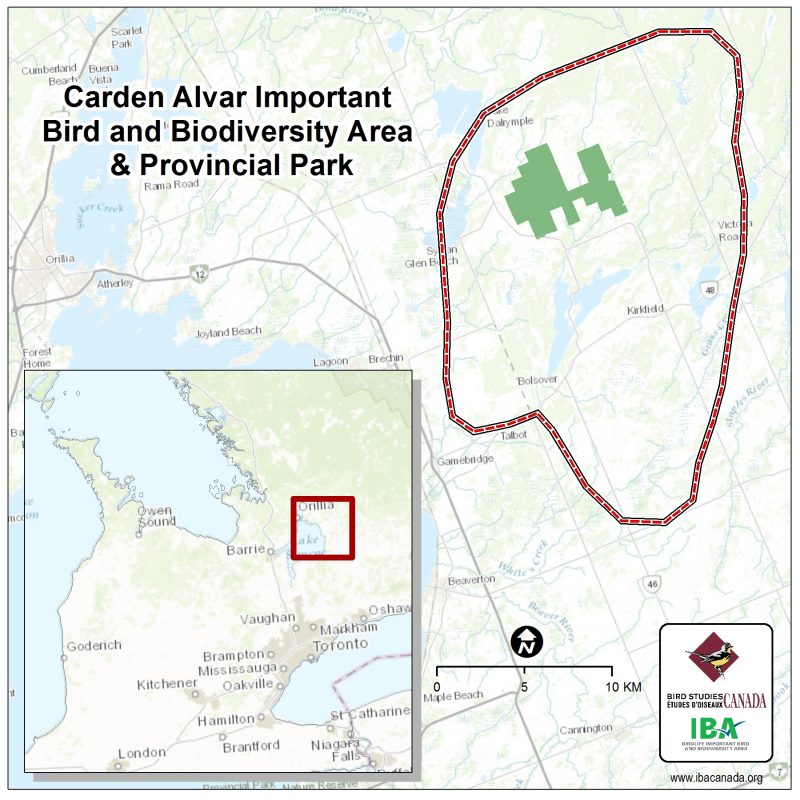
Unique habitat
Alvar – a type of grassland habitat — is only found in a few spots in Ontario (and around the world).

Alvar is characterized by thin soils and sparse vegetation, on top of limestone bedrock, and poor drainage. All this makes it a harsh environment that supports unique assemblages of species, many of which are identified as provincially and/or nationally rare.
Rare and uncommon species
Carden Alvar hosts more than 230 bird species, 450 plants, and 140 butterfly/dragonfly species. And, as mentioned, many are specifically suited to this area.
Carden Alvar also supports the largest Ontario breeding population of the eastern subspecies of the Loggerhead Shrike, a nationally endangered bird.

Since I’m slightly biased towards birds, some other nationally threatened birds that nest in the area are Short-eared Owl, Least Bittern, Red-headed Woodpecker, Yellow Rail, Bobolink, Eastern Meadowlark, and Grasshopper Sparrow.

A passionate community
Carden Alvar only recently became a provincial park.
Initially, the protection of Carden Alvar centred on a community of individuals concerned about diminishing grassland habitat and species.This group began acquiring land for natural stewardship, and eventually, the Nature Conservancy of Canada (NCC) and Ontario Parks became the trustees of this land.

Later, with support from Couchiching Conservancy and local landowners, more land was bought, and in 2014, part of the IBA officially became a provincial park (the 37,177 ha IBA encompasses the 1,971 ha park).
Currently, Wildlife Preservation Canada heads the IBA’s Shrike Recovery Program (a breeding and release program), and the NCC has helped protect more than 3,200 ha. The Caretakers of the IBA, the Couchiching Conservancy, have been fundamental in bringing the importance of this IBA to light.
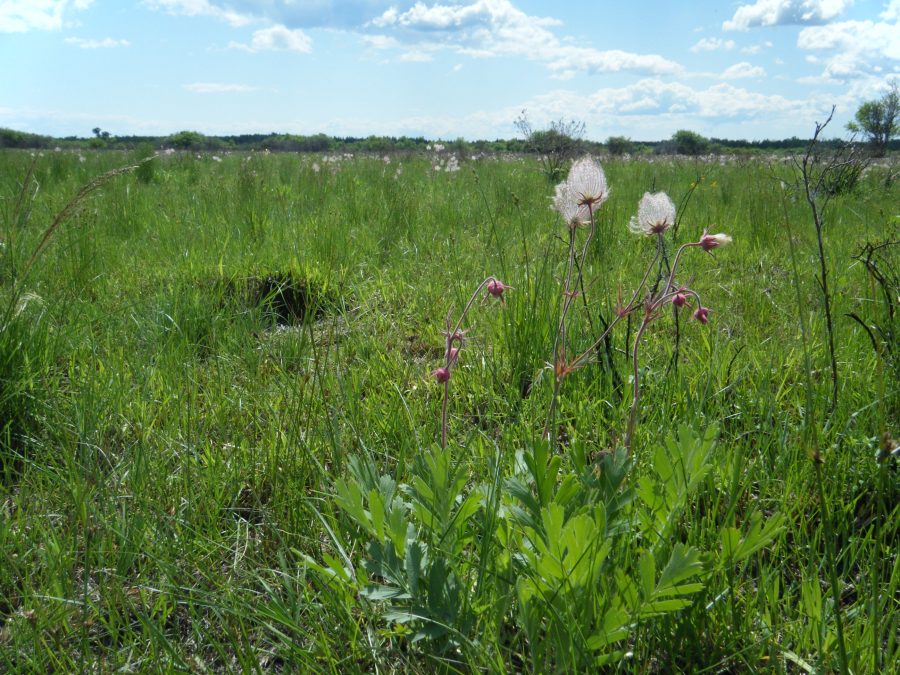
In fact, the Couchiching Conservancy was one of the first groups to steward an IBA in Canada, long before an official Caretaker Program existed. They have worked with dozens of landowners, completed habitat enhancement projects with numerous partners, and welcomed birders and naturalists to the area to increase awareness and appreciation.

Their new year-long event series called Passport to Nature gets people out exploring and learning about the wonder of our natural world (sign up soon for events, they fill up fast!).
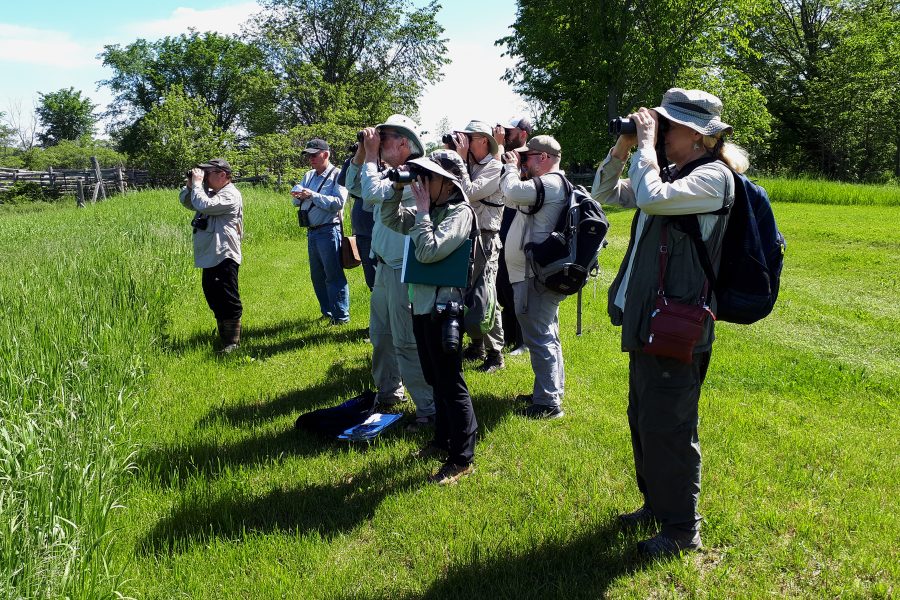
Thanks to the boundless partnerships spurred by the IBA, and the protection afforded by the provincial park designation, this extraordinary habitat is in caring hands for the foreseeable future.
Visiting Carden Alvar Provincial Park
Again, alvars are extremely sensitive habitat, despite their botanical hardiness, so park visitors need to take extra care.
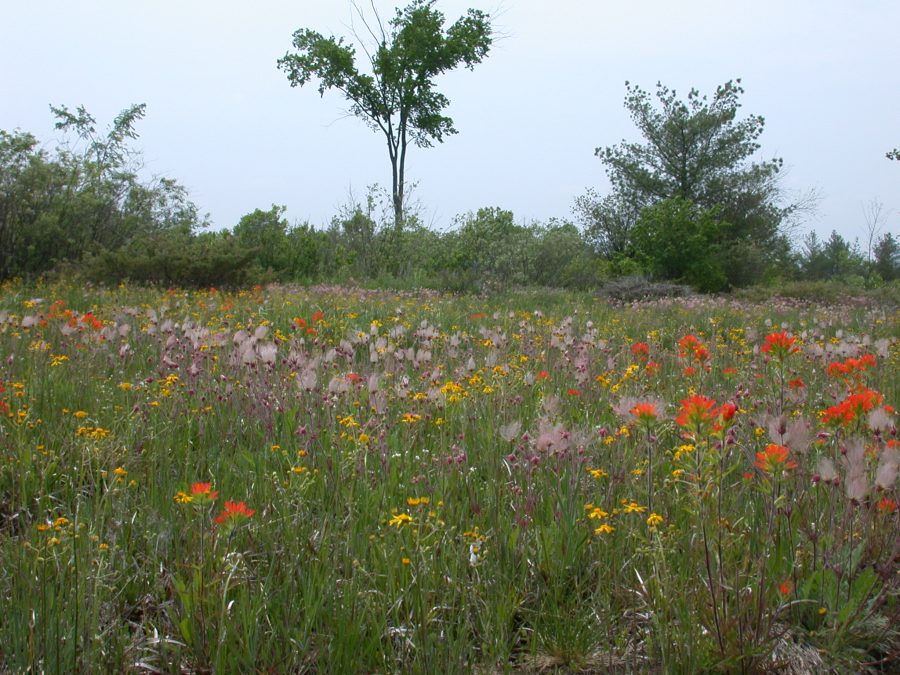
Public access is available via two hiking trails along the bordering fence lines. Parking and washroom facilities are available at the trail head.
If you choose to visit on your own, please stay on the marked trails. Also, groups may continue to request guided events to the interior of CAPP through the Couchiching Conservancy.
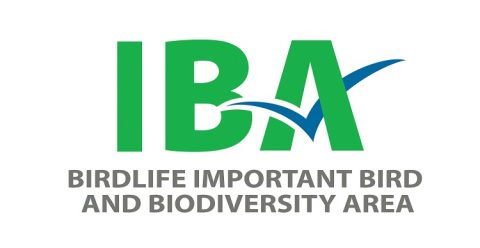 Bird Studies Canada thanks the Ontario Trillium Foundation for generously supporting the Ontario IBA Program. To be in the loop with these monthly blogs, sign up for the Ontario IBA Newsletter.
Bird Studies Canada thanks the Ontario Trillium Foundation for generously supporting the Ontario IBA Program. To be in the loop with these monthly blogs, sign up for the Ontario IBA Newsletter.
